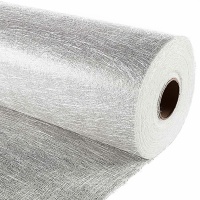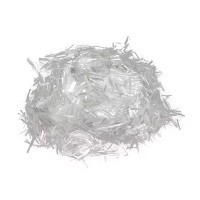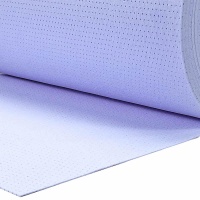Coremat is a polyester non-woven that contains microspheres and is used as a thin core (bulker mat) or print blocker (liner) in fibre reinforced laminates, manufactured in Hand Lay-Up or Spray-Up processes. Coremat should always be fully impregnated with resin the microspheres in Coremat prevent excessive resin up-take. The most important reasons to use Coremat are:
- Weight saving
- Resin and glass saving
- Stiffness increase
- Fast thickness build-up
- Excellent surface finish
Coremat saves weight
Coremat as a core material is used in the centre of a laminate. Coremat can replace much heavier solid glass layers. Impregnated Coremat has a density of 610 kg/m3 (38 lb/ft2), while Impregnated Chopped Strand Mat has a density of 1,500 kg/m3 (94 lb/ft3). This is a weight saving of 60%.
Coremat saves resin and glass
Coremat contains less resin than CSM: 1 mm (0.039 inch) of Coremat contains 0.6 kg/m2 (2.0 oz/ft2) while 1 mm (0.039 inch) of CSM contains 1 kg/m2 (3.31 oz/ft2). Although Coremat usually replaces glass layers, it should always be used between glass layers.
Coremat saves labour
One layer of Coremat builds up thickness rapidly. Coremat is 1 to 10 mm (0.04-0.39 inch) thick. While multiple layers of glass fibre are required to achieve these greater thicknesses, One layer of Coremat is sufficient.
Coremat is an excellent print blocker
Coremat can be used to block “print-through” of glass reinforcements and cores, especially when dark gelcoat surface finishes are used. Coremat is most often applied against the “skin coat” to create a superior surface finish on hull sides.



